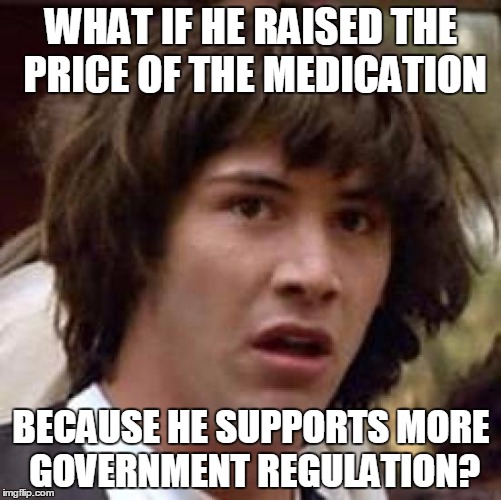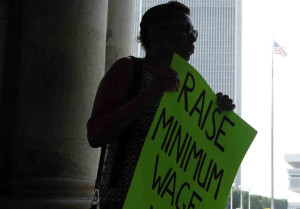 Readers of Difficult Run likely know that family structure and child well-being is a subject that I have spent quite a bit of time studying and reporting. It is this reason that I was excited to see this very subject revisited by the Princeton-Brookings collaboration The Future of Children in their October 2015 issue. According to the introduction article, this issue has a number of interesting points:
Readers of Difficult Run likely know that family structure and child well-being is a subject that I have spent quite a bit of time studying and reporting. It is this reason that I was excited to see this very subject revisited by the Princeton-Brookings collaboration The Future of Children in their October 2015 issue. According to the introduction article, this issue has a number of interesting points:
- While many of marriage’s mechanisms “could be bolstered by public programs that substitute for parental resources—greater cash assistance, more generous health insurance, better housing, more help for caregivers, etc.—studies of child wellbeing that attempt to control for the indirect effects of these mechanisms typically find that a direct positive association remains between child wellbeing and marriage, strongly suggesting that marriage is more than the sum of these particular parts. Thus…the advantages of marriage for children are likely to be hard to replicate through policy interventions other than those that bolster marriage itself” (pg. 6).
- “Cohabitation…is associated with several factors that have the potential to reduce children’s wellbeing, including lower levels of parental education and fewer legal protections. Most importantly, cohabitation is often a marker of family instability, which is strongly associated with poorer outcomes for children. Children born to cohabiting parents see their parents break up more often than do children born to married parents; in this way, being born into a cohabiting parent family sets the stage for later instability. On the other hand, stable cohabiting families with two biological parents seem to offer many of the same health, cognitive, and behavioral benefits that stable married biological parent families provide” (pg. 6).
- Social science evidence indicates that “same-sex couples are as good at parenting as their different-sex counterparts. Any differences in the wellbeing of children raised in same-sex and different-sex families can be explained not by their parents’ gender composition but by the fact that children being raised by same-sex couples have, on average, experienced more family instability, because most children being raised by same-sex couples were born to heterosexual parents, one of whom is now in a same-sex relationship” (pg. 6-7).[ref]Which is actually something the controversial sociologist Mark Regnerus has stressed.[/ref]
- “Race continues to be associated with economic disadvantage, and thus as economic factors have become more relevant to marriage and marital stability, the racial gap in marriage has grown” (pg. 7).
- Causes of the retreat of marriage “include growing individualism and the waning of a family-oriented ethos, the rise of a “capstone” model of marriage, and the decline of civil society. The authors argue that these cultural and civic trends have been especially consequential for poor and working-class American families. Yet if we take into account cultural factors like adolescent attitudes toward single parenthood and the structure of the family in which they grew up, the authors find, the class divide in nonmarital childbearing among U.S. young women is reduced by about one-fifth” (pg. 7).
Check it out.



 The UN recently had a meeting to unveil the
The UN recently had a meeting to unveil the  Martin Shkreli, hedge fund manager and founder of Turing Pharmaceuticals, has been
Martin Shkreli, hedge fund manager and founder of Turing Pharmaceuticals, has been 


